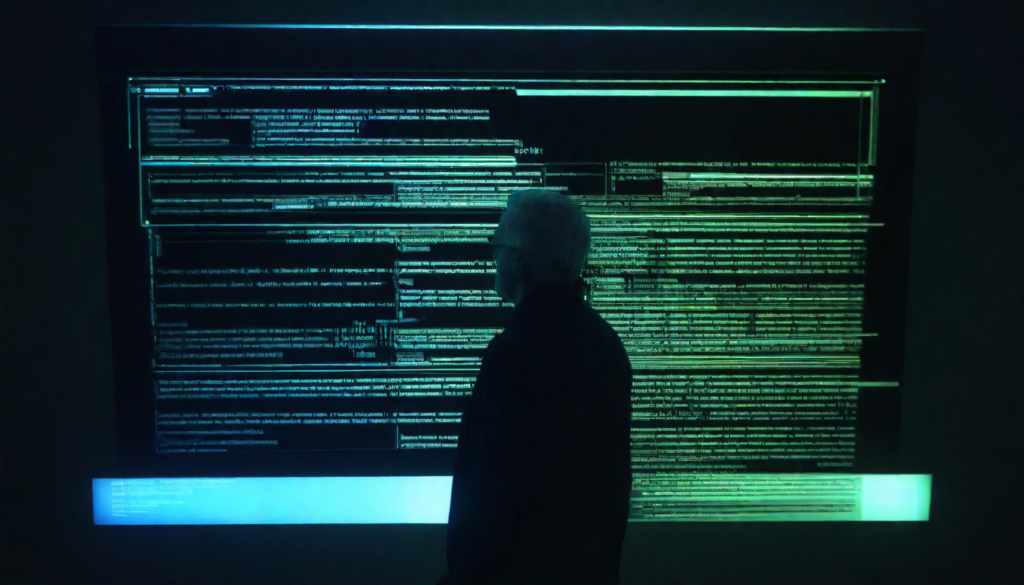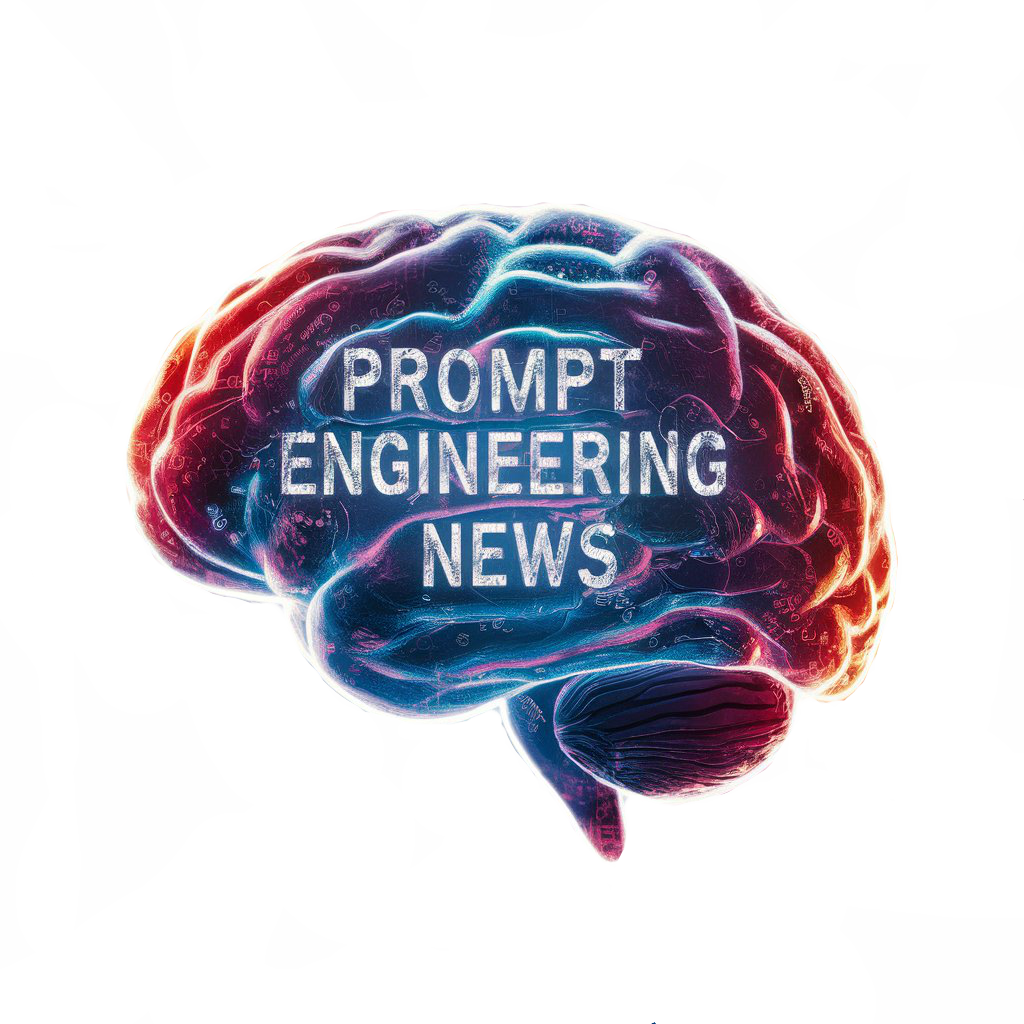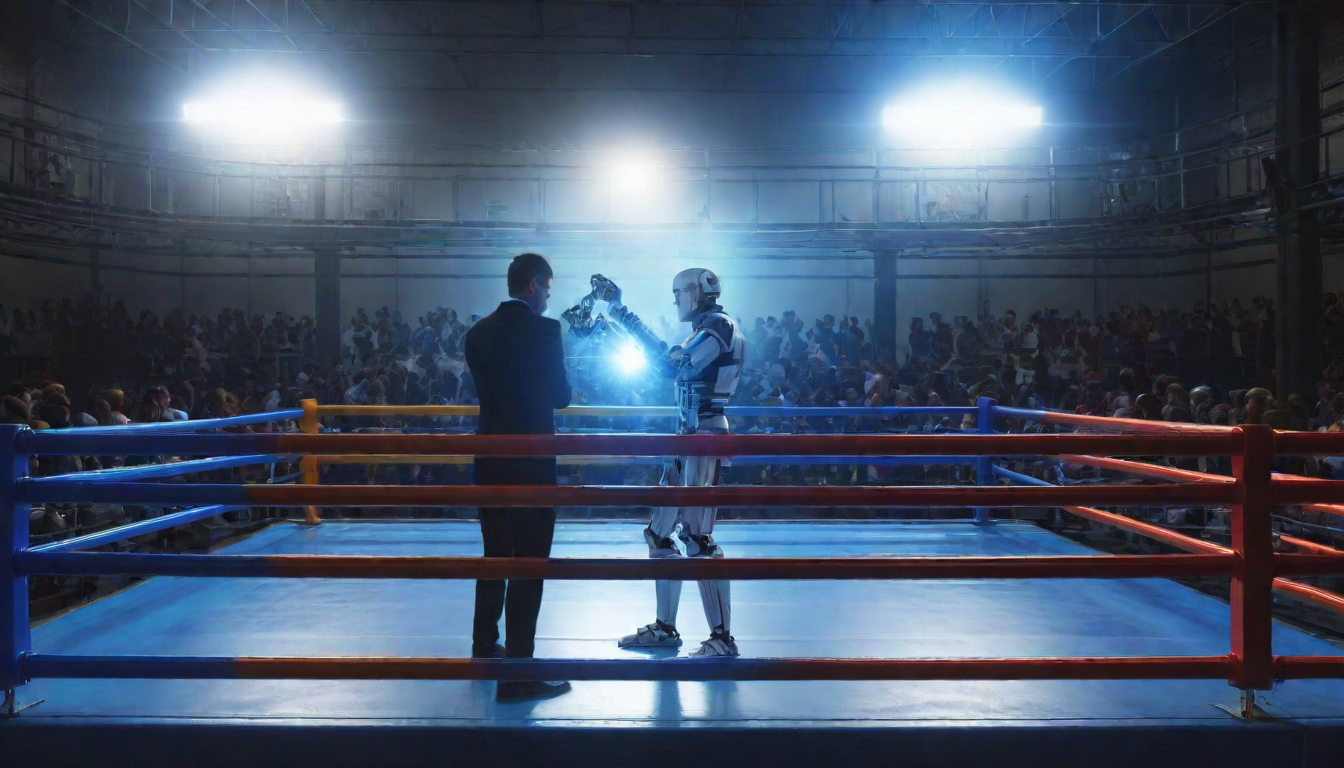Reinforcement Learning (RL) is a subset of machine learning algorithms where an artificial intelligence (AI) model learns to make decisions by interacting with an environment in order to achieve a specific goal. Unlike supervised learning, where the model is trained on labeled data, and unsupervised learning, where the model finds patterns in unlabeled data, RL models learn from trial and error through a system of rewards and punishments.
How Reinforcement Learning AI Model Works:
Reinforcement Learning (RL) is a type of machine learning where an agent interacts with an environment and learns to perform actions that maximize a cumulative reward over time. In this process, the agent observes the current state of the environment, takes actions based on a policy, receives feedback in the form of rewards, and updates its policy accordingly to improve its decision-making process. This iterative process continues until the agent learns the optimal policy for achieving its goal.

Here is a breakdown of how RL works:
1. Agent: The RL model, also known as an agent, is responsible for making decisions and taking actions in an environment.
2. Environment: The environment represents the external world or system in which the agent operates.
3. State: At each step of interaction, the agent observes the current state of the environment. The state can be any relevant information about the environment that helps the agent make decisions.
4. Actions: Based on its current state, the agent selects an action to take from a set of available actions. Actions can include anything that affects or interacts with the environment.
5. Policy: A policy defines how an agent chooses actions based on its observed states. It acts as a decision-making mechanism for selecting actions.
6. Rewards: After taking an action, the agent receives feedback from the environment in the form of rewards or penalties. Rewards indicate how good or bad an action was in terms of achieving the desired goal.
7. Cumulative Reward: The goal of RL is to maximize a cumulative reward over time by making sequential decisions that lead to higher rewards in the long run.
8. Learning Process: The RL model learns by continuously updating its policy based on received rewards and improving its decision-making abilities over time.
The iterative process of RL involves repeated interactions between the agent and the environment:
1. The agent starts in an initial state and selects an action based on its policy.
2. The environment transitions to a new state based on the action taken by the agent.
3. The agent receives a reward from the environment, indicating the quality of its action.
4. Based on the received reward, the agent updates its policy to improve future decision-making.
5. Steps 1-4 are repeated until the agent reaches an optimal policy or achieves its goal.
By continuously learning from its interactions with the environment, an RL model can adapt and improve its decision-making abilities over time. This makes it suitable for solving complex problems where explicit instructions or labeled data may not be available.
Overall, RL provides a framework for training AI models to make sequential decisions in dynamic environments by maximizing cumulative rewards.
Pros of Reinforcement Learning AI Model:
- Flexibility: RL models can adapt to new environments and tasks without the need for extensive labeled data.
- Optimization: RL can find optimal strategies for sequential decision-making problems.
- Generalizability: RL models can generalize well to new and unseen situations.
- Versatility: RL can be applied to a wide range of domains, including robotics, gaming, finance, and healthcare.
Cons of Reinforcement Learning AI Model:
- Sample Inefficiency: RL models often require a large number of interactions with the environment to learn effectively.
- Exploration vs. Exploitation Trade-off: Balancing exploration of unknown actions and exploiting known actions can be challenging.
- Reward Design: Designing reward functions that accurately capture the goal of the task can be complex.
- Instability: Training RL models can be unstable and sensitive to hyperparameters.
Difference Between Well-Known Reinforcement Learning AI Models:
- Deep Q-Network (DQN): DQN uses deep neural networks to approximate the Q-function, which estimates the expected reward of taking an action in a given state. Example: AlphaGo – https://deepmind.com/research/case-studies/alphago-the-story-so-far
- Proximal Policy Optimization (PPO): PPO is a policy optimization algorithm that aims to update policies while ensuring stable learning. Example: OpenAI Gym – https://gym.openai.com/
- Deep Deterministic Policy Gradient (DDPG): DDPG is an actor-critic algorithm that combines deep learning with deterministic policy gradients for continuous action spaces. Example: Robotics Control – https://arxiv.org/abs/1701.07274
These RL models have been applied in various real-world scenarios, demonstrating their capabilities in learning complex tasks and decision-making processes. As RL continues to advance, researchers and practitioners are exploring new algorithms and applications to harness the full potential of reinforcement learning in solving challenging problems across different domains.


